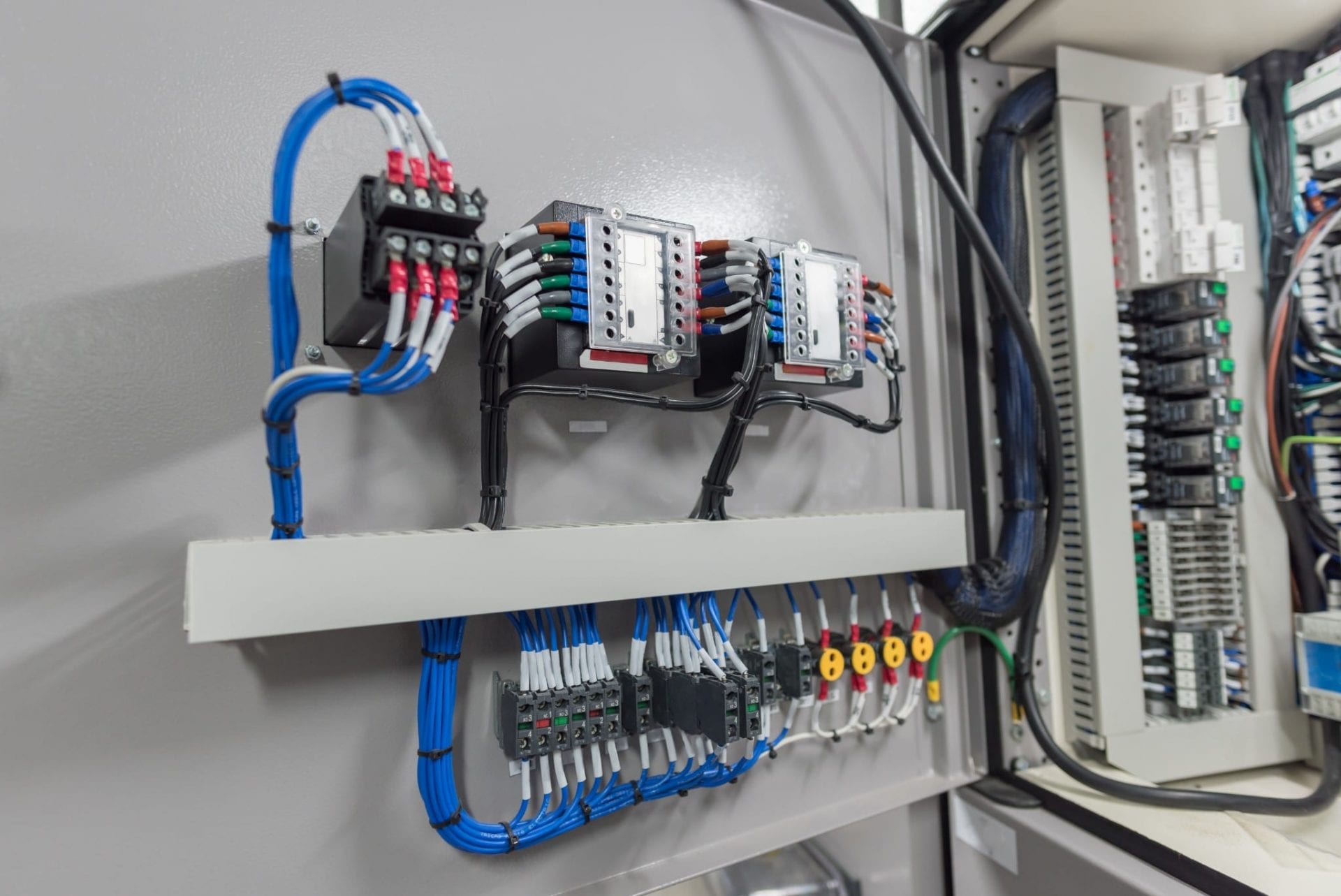A Step-by-Step Beginner's Guide to Electrical Wiring

Electrical wiring is a crucial part of any home and understanding it is important for every homeowner. Not only is it helpful to ensure the smooth running of your house but it’s also crucial for your security. In this post, we’ll go over the fundamentals of electrical wiring, the importance of safety, and the benefits of hiring an accredited residential electrician for all electrical wiring needs.
Understanding the fundamentals of electrical wiring
Electrical wiring is the set of electrical conductors that run throughout your home, providing electricity to your appliances as well as lighting fixtures. It functions by creating electrical circuits that connect your sources of power and your appliances. Electrical circuits are made up of switches, wires, as well as other components of electricity that function to create a safe and functional electrical system. There are various kinds of electrical wiring, including aluminum, copper, as well as different types of wire insulation, such as PVC or rubber.
Planning and Preparation for Electrical Wiring
When installing new electrical wiring, there are several factors to consider, including the kind of wiring you’ll need, the size for your current electrical systems, and the power requirements you require. Additionally, it is important to be aware of the electrical rules and regulations for wiring as well as the permits needed in your area. To prepare your electrical wiring system, you must create an electrical plan and evaluate your electrical needs. This will ensure that your electrical system is secure, efficient, and meets your power requirements.
Materials and Tools Needed to conduct electrical wiring
When making new electrical wiring, it is important to have the right tools and materials available. The most important tools are wire cutters, strippers, pliers, and an electrical voltage tester. Other components required for wiring electrically comprise electrical tapes, wire nuts, conduit along with electrical boxes. It’s also beneficial to have a wiring diagram to guide you through the process of installing.
Step-by-Step Guide to Electric Wiring Installation
The installation of electrical wiring is an intimidating process, but with the right equipment and the right knowledge it can be accomplished safely and efficiently. This is a step-by-step guide to installing new electrical wiring at home:
Switch off the power in the location where you’ll be working.
Design the wiring layout and mark the location where the wire will be placed.
Install conduit and electrical boxes when needed.
Cut and strip wires to the correct length.
Make sure you connect the cables to your fixture or device you’re wiring.
Secure the wires in place using wire nuts, electrical tape, or conduit straps.
Test the wiring to ensure that it’s working properly.
In the process of installing, it is important to follow the best wiring installation practices and tips. Also, be aware of common mistakes in the installation of electrical wire like over-loading the circuits of damaged wires, and using the incorrect type of wire to accomplish the task.
Troubleshooting Electrical Wiring Issues
Even with careful planning and installation, electrical wiring problems may arise. The most frequent issues are wiring damages, circuit overloads as well as electrical shorts. To resolve these issues it is crucial to know about typical electrical wiring issues and be aware of how to safely and effectively tackle them. In addition, it is essential to adhere to electrical safety guidelines when attempting to solve electrical wiring problems including shutting off the power and wearing safety equipment.
Conclusion
Understanding the how your electrical wiring is wired in your home is vital to your safety and for the proper operation the electrical systems. It is important to hire an authorized electrician to ensure that your wiring is set up and maintained properly. At Local Electrician Chatswood, we provide various electrical services, including electrical wiring installation and repair. Contact Local Electrician Chatswood at 1300 610 481 for all your electrical wiring requirements.
Electrical Wiring FAQ
Here are some commonly asked questions about electrical wiring, along with additional safety tips and the best techniques for electrical wiring installation and repair:
What type of wire should I use for my electrical wiring?
The type of wire that you will need for your electrical wiring will depend on the specific requirements of your home and local building codes. It is important to use the appropriate gauge of wire along with the insulation type, as well as wire material to ensure safety and efficiency that your electric system is running at its best.
Do I have the ability to put in my own electrical wiring?
While it is possible to build an electrical wire yourself it’s crucial to have the knowledge and experience to install it effectively and safely. In the majority of instances, it is recommended to hire an experienced electrician to ensure that your wiring is set up and maintained in a safe and secure manner.
How often should I have my electrical wiring inspected?
It is recommended that you examine your electrical wiring every 10 years or whenever you spot symptoms of electrical malfunctions for example, frequent circuit breaker trips or electrical shocks.
What do I do if find electrical wiring issues in my home?
If you spot any electrical wiring issues in your home, for example, flickering lights or outlets that won’t function, it’s important to fix them right away. Switch off the power source to the affected area and contact a licensed electrician to assess and repair the problem.
By following these suggestions and the best practices, you can ensure that your electrical wiring is secure and functioning in a safe manner. Be sure to put safety first and consult with a licensed electrician in the event of a need. Call Local Electrician Chatswood at 1300 610 481 for all your electrical wiring needs.
